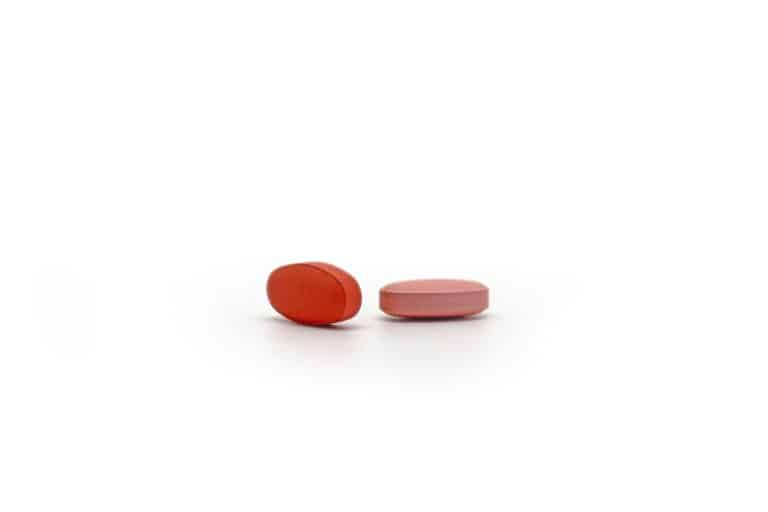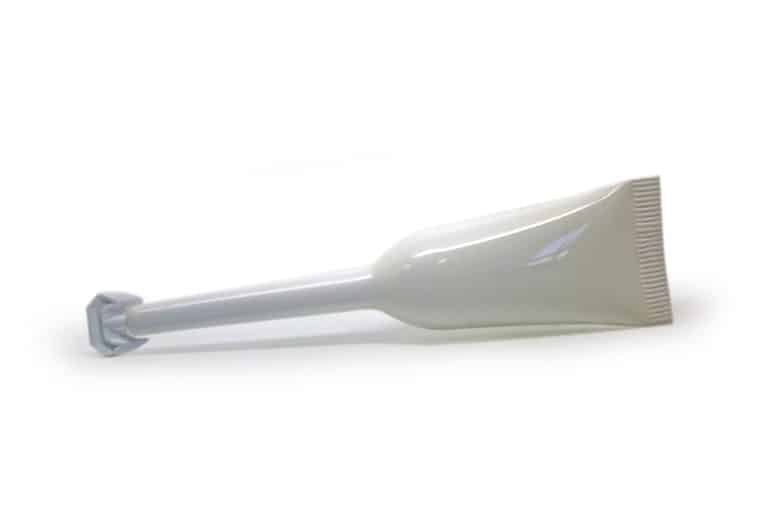Home » Lab Capabilities » Pharmaceutical Development » Route of Administration

Medication Routes of Administration
The administration of medications is a crucial aspect of healthcare, encompassing a diverse range of routes through which drugs can be introduced into the body. Understanding the various medication routes of administration is paramount for healthcare professionals to ensure optimal therapeutic outcomes and patient safety. These routes dictate how drugs are delivered and absorbed, influencing the onset, intensity, and duration of their effects.
From the traditional oral route to more specialized methods such as intravenous infusion or transdermal patches, each administration route has distinct advantages, limitations, and considerations. The choice of route depends on factors such as the nature of the medication, the patient’s condition, and the desired therapeutic effect.
Oral administration
The most common and one of the least invasive routes of administration is the oral route. Common oral dosage forms include tablets, capsules and liquid preparations. Peroral administration can be used for drugs with wide ranges of molecular weights, solubilities and various formulations. The intent of oral delivery is to reach a certain systemic level of drug, which is dependent on absorption regulated within the gastrointestinal tract. Absorption of drug has a great influence on bioavailability, the relative fraction of drug that can reach the systemic circulation.
Drug formulation greatly influences the absorption parameter. Key components are formulation pH, presence of solubility enhancers and presence of permeation enhancers. Physicochemical properties of drug substance such as charge and molecular size can promote or hinder drug absorption. Furthermore, enzymatic stability and liver metabolism of the drug (first-pass effect) also greatly influence whether a therapeutic systemic level can be reached with oral delivery.

Absorption site and absorption rate can both be controlled by the formulation. In some cases it is essential to deliver the oral drug to a specific site of the gastrointestinal tract. For example, oral drugs that break down rapidly in the acidic environment of the stomach may require enteric coating so that their release will only occur in the more neutral or alkaline intestinal environment. In other cases it is essential from a therapeutical point of view to deliver drug at a slow rate and for an extended period of time. Sustained release oral dosage forms can be developed to achieve this. For drugs with low solubility or permeability, it may be necessary to develop complex formulations to increase oral absorption, such as drug loading on silica or within liposomes.
Importantly, the peroral route is desired in preclinical toxicological studies so long as systemic absorption is sufficient.
Parenteral administration
Where a drug has limited bioavailability, or where a patient is unable to actively take in medication, or where an immediate effect is required, the parenteral route of administration can be chosen. By definition, parenteral administration denotes any route of administration not covered by oral administration. However, when one speaks of a parenteral drug, usually a reference is made to a drug that requires injection into a vein (intravenous), muscle (intramuscular) or under the skin (subcutaneous).
Intravenous administration has the great advantage of avoiding the first-pass effect, resulting in a 100% bioavailability by definition and direct entry of drug into the systemic circulation. They are applied either as a “bolus” injection (short-term) or as an infusion (long-term). Many drug classes can be administered by intravenous injection or infusion. Critical factors are injection volume, pH, tonicity/osmolarity, drug solubility, microbiological quality and physical form. Generally, presence of particulate matter in injectables meant for intravenous administration must be prevented as particles can potentially cause serious adverse effects upon drug administration. Also, it is of utmost importance to deliver a sterile and pyrogen-free product.

Similarly, the first-pass effect is avoided in intramuscular administration, but drug can be metabolized within and around the muscle. Release into the systemic circulation is also somewhat slower, which can be advantageous. The rate of release into the systemic circulation is, however, also influenced by muscle activity. Administration volume is generally limited, up to 2-5 ml in the adult human depending on the muscle into which the drug product is administered. Uniquely, extended parenteral drug release is possible with intramuscular administration in the form of depot formulations.
Subcutaneous administration is similar to intramuscular administration, but the total injection volume is even smaller (1-3 ml) and the rate of absorption into systemic circulation is slower by default. Again, this can be advantageous and in some cases vasoconstrictors are included in the formulation to further reduce the rate of absorption into systemic circulation.
Topical/Transdermal administration
The skin is a formidable barrier to many microbes and toxic substances alike, so the skin might not normally be used when administering medicinal products. However, in certain indications it is necessary to apply drug product locally on the skin. In other indications, the very nature of the skin is favorable for application of drug through the skin barrier (transdermally), for example when a drug shows gastro-intestinal toxicity or a very fast absorption rate with a small therapeutic window.
For the skin there is a great variety in formulation types. The hydration state of the skin is of importance in choosing the right type of formulation. In dehydrated skin, usually a lipophilic carrier such as a fatty ointment is better suited, promoting water retention within the skin. The opposite holds true in skin conditions such as wetting eczema, when a more hydrophilic carrier such as a liniment or oil-in-water cream is better suited.
For transdermal absorption, many factors determining in vivo success are at play. Drug lipophilicity and hydrophilicity, vehicle and skin type on which the material is applied can all greatly affect transdermal absorption. The great advantage of transdermal absorption is that it is generally slow enough to allow a continuous drug supply without resulting in serious adverse effects as plasma levels of the drug can remain low.
Nasal administration
For local indications concerning the nose, such as rhinitis, the most logical choice of pharmaceutical therapy is to deliver drug nasally. However, nasal delivery can also be considered for systemic administration of drug. Important advantages of nasal delivery are large surface area, high vascularization, avoidance of first-pass metabolism by the liver, lower doses and rapid onset of action. As well, nasal delivery may be used in specific cases to deliver drug to the brain through the olfactory nerves.
Complicating the practice of nasal delivery is that the nose is a relatively small organ with key functions, such as olfaction and the ability to breathe. Pharmaceutical interventions must be designed so as not to interfere with the ability of the nose to carry out these functions. Important factors for drug products to be administered intranasally are physical presentation, pH, osmolarity and microbiological quality. Excipients displaying ciliotoxicity can cause a decrease in ciliary motility, leading to subsequent diseases. Thus, care must be taken to develop nasal formulations that avoid ciliotoxicity.

Ocular administration
As with other local modes of delivery, the main advantage of ocular delivery is that maximum local exposure and minimal systemic exposure can be achieved, improving efficacy and decreasing systemic side effects. However, as the eye is a sensitive organ and fulfills a key bodily function, vision, care must be taken to select and develop a proper drug product for it.
For diseases of the anterior segment of the eye, topical eye drops are especially convenient and patient compliant. Indications pertaining the anterior segment of the eye that require a more sustained drug exposure are better treated with semi-solid eye drug products such as eye ointments. For diseases of the posterior segment of the eye, intravitreal injections may be required.
Depending on the exact formulation, important factors of ocular drug products are microbial quality, osmolarity, pH, physical presentation and volume.


